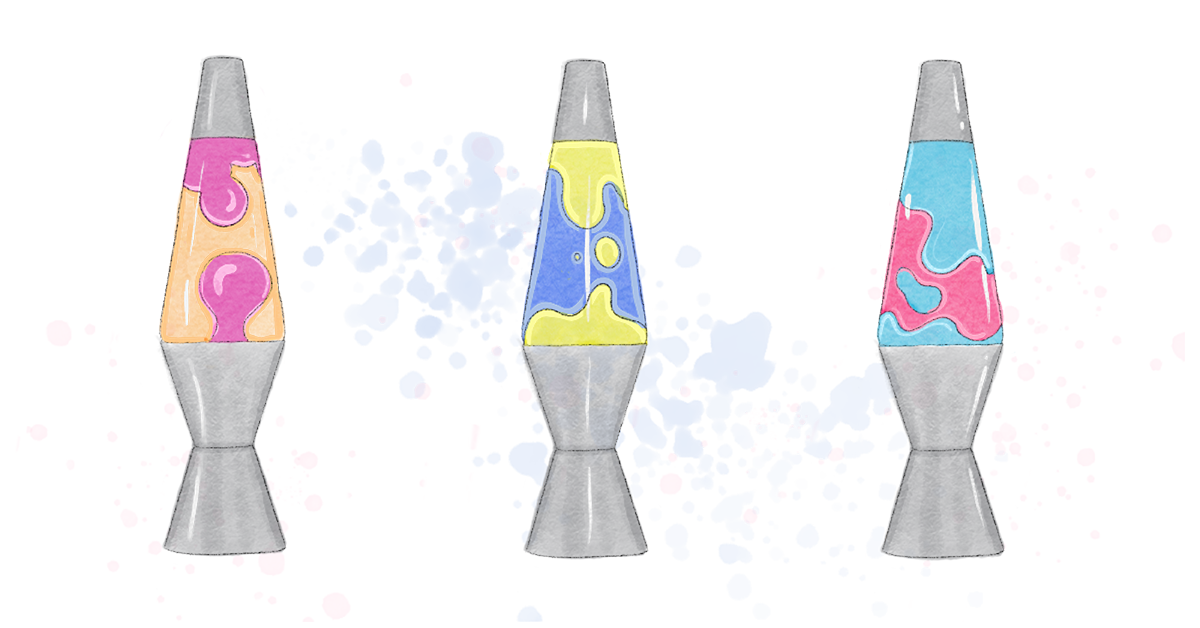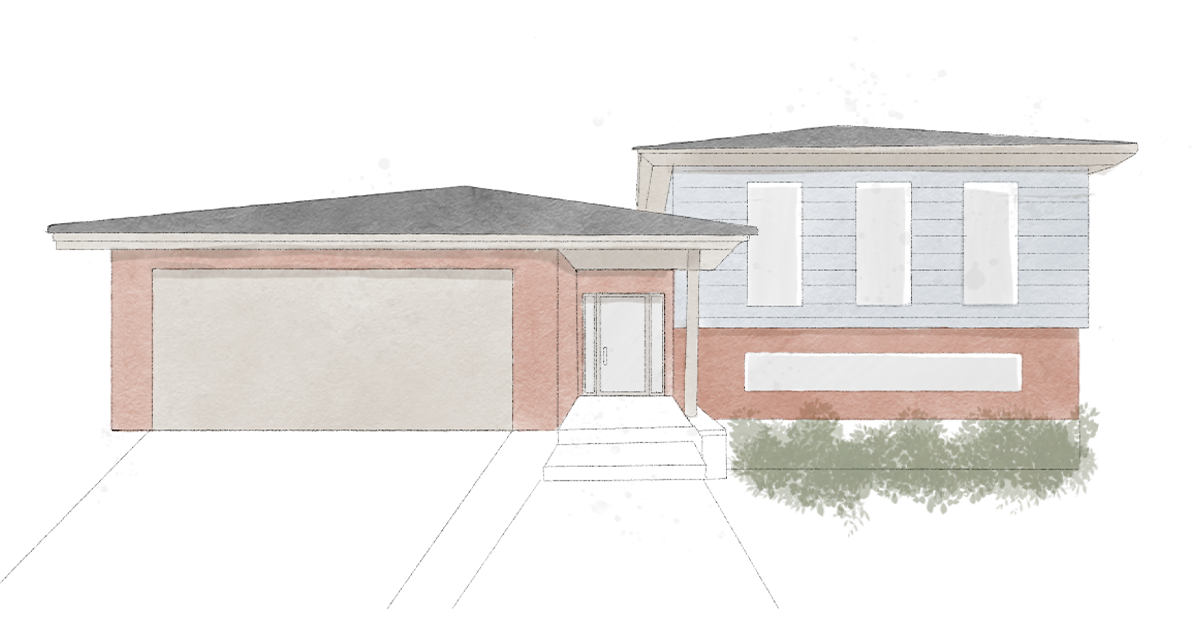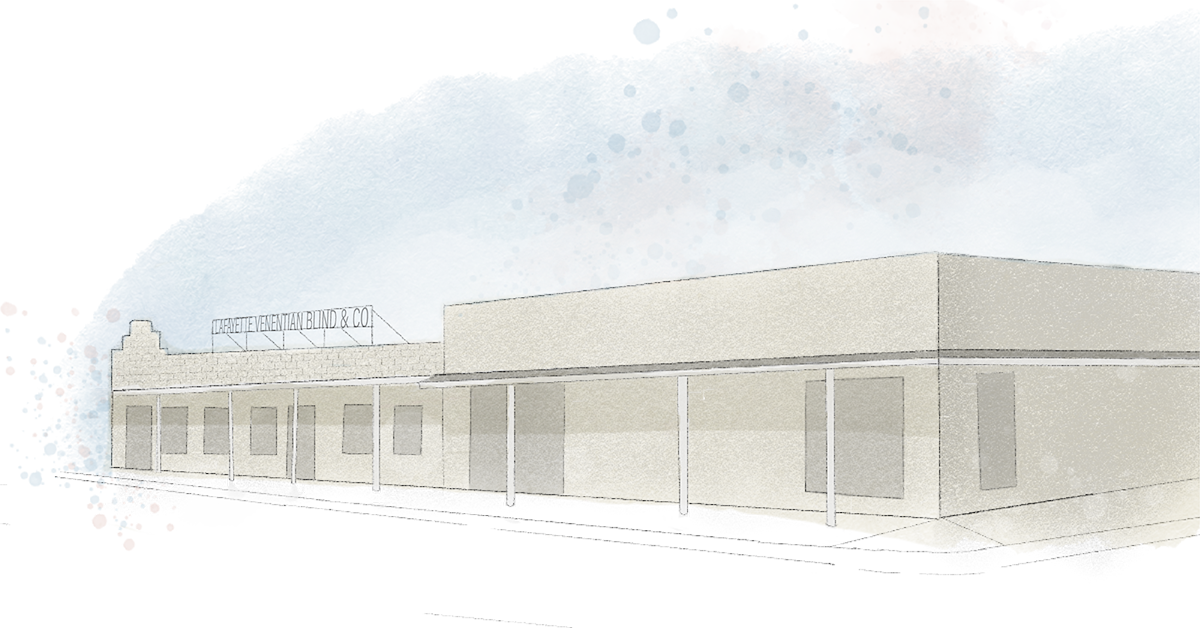
75 Years of Design | The 1960s
Brooke Cleaver March 28, 2025
In honor of Lafayette Interior Fashion’s 75th anniversary, we’ve decided to do a deep dive into the history of interior design over the last 75 years, and Lafayette Interior Fashions as a whole. Last month, we took a peek into the furniture, forms, and colors of the booming ‘50s, otherwise known as the “golden age of capitalism.”
This month, we’re diving into the era of peace, love, and rock ‘n’ roll, where the space race waged on, Beatlemania took over, and Lafayette Interior Fashions expanded. So, join us as we explore all that is foxy, groovy, and far out.
The Birth of the Counterculture
The 1950s proved to be a prosperous time for many, but not for all. And these stark inequalities led to the start of a cultural revolution—one that sought to even the playing field for everyone. Those born after World War II were quickly becoming disillusioned by the unifying rhetoric of their childhood, especially when their reality proved to be anything but. As such, much of America’s youth rejected the traditional values of their parents, leading to the birth of several movements, including the civil rights movement, the women’s movement, and the sexual revolution. This, ladies and gentlemen, marked the start of America’s counterculture. Times were a-changin’, and so was design.

Homes of the ‘60s
The clean lines and open floorplans associated with the modernist era of architecture remained popular throughout the ‘60s; however, the ongoing baby boom forced many to abandon their ranch-style homes for split-level designs that afforded more room. These multi-level structures allowed homeowners to cram more space into a smaller neighborhood lot, making them ideal for those wishing to stay in the suburbs. Top priorities for homebuyers at the time were access to open space, natural light, and nature via large windows and doors. Walls were replaced by screens or shelves, which acted as stylish room dividers.
Other defining features of the era included wood paneling, shag carpets, and the occasional conversation pit, or two.

Furniture of the Flower Power Era
Advancements in manufacturing and technology opened the door for new and exciting forms of furniture. The introduction of colored plastic, fiberglass, and acrylic allowed designers to craft round, futuristic pieces inspired by the space age. Some of the most popular designs to come out of this time were the Ball Chair by Euro Aarnio and the Panton Chair by Verner Panton. And, thanks to enhancements in mass production, furniture was now more accessible than ever before. People no longer bought furniture for its longevity but for its aesthetic appeal. Once a piece lost its touch, it was quickly thrown away, only to be replaced by the next “big” thing.

Psychedelic Hues
The pretty pastels and calming neutrals that dominated the 1950s were quickly replaced by primary, psychedelic hues akin to that of a Jimi Hendrix album. Bright, bold shades of hot pink, pea green, vermillion orange, sunny yellow, and sky blue dominated the interior landscape and provided a vibrant backdrop for bedrooms, kitchens, and living rooms alike. Generally speaking, the ‘60s was a time of great self-expression. And this sense of personalization allowed homeowners to experiment with loud, daring hues that spoke to them on an individual level.

Art of the Era
Palettes weren't the only thing changing in the home. People were also experimenting with new and exciting forms of art. The 1960s saw the rise of the pop art movement, a type of art that was directly inspired and influenced by popular culture—everything, from movies to comic books to advertising, informed the budding style. Much like how the counterculture stood in opposition to traditional cultural values, pop art stood in opposition to conventional art standards. Pop art was a beacon for young artists to show the world as they saw it. It was fun, colorful, sexy, and transient. And in many ways, it was one of the first manifestations of post-modernism.
Some of the most notable artists to emerge from the era were Andy Warhol—with his iconic Campbell's soup cans—Richard Hamilton, and David Hockney.

The Journey Continues
Meanwhile, that small business owner from Lafayette, Indiana, was finally seeing all of his hard work pay off. Joe Morgan’s aluminum, Venetian blinds paired perfectly with the blossoming space-age aesthetic of the 1960s, leading to the introduction of more products.
Between the '50s and '60s, Joe Morgan Sr. had added Conso products, drapery hardware, vertical blinds, and aluminum awnings to his arsenal of goods. By the '60s, he had amassed enough growth to warrant the construction of a new facility, which was erected on Lafayette's North Side: 820 Roberts Street. Lafayette Venetian Blinds Inc. was finally moving away from its humble beginnings—no longer just a one-man operation in a single-car garage.

Final Thoughts
What features from the 1960s do you find grooviest? We’d love to hear from you. Join us on Instagram, Facebook, and LinkedIn to continue the discussion.
Lafayette Interior Fashions is a family-owned, to-the-trade manufacturer of blinds, shades, draperies, and other custom-crafted interior fashion products. To learn more about our products, Find a local dealer near you.







